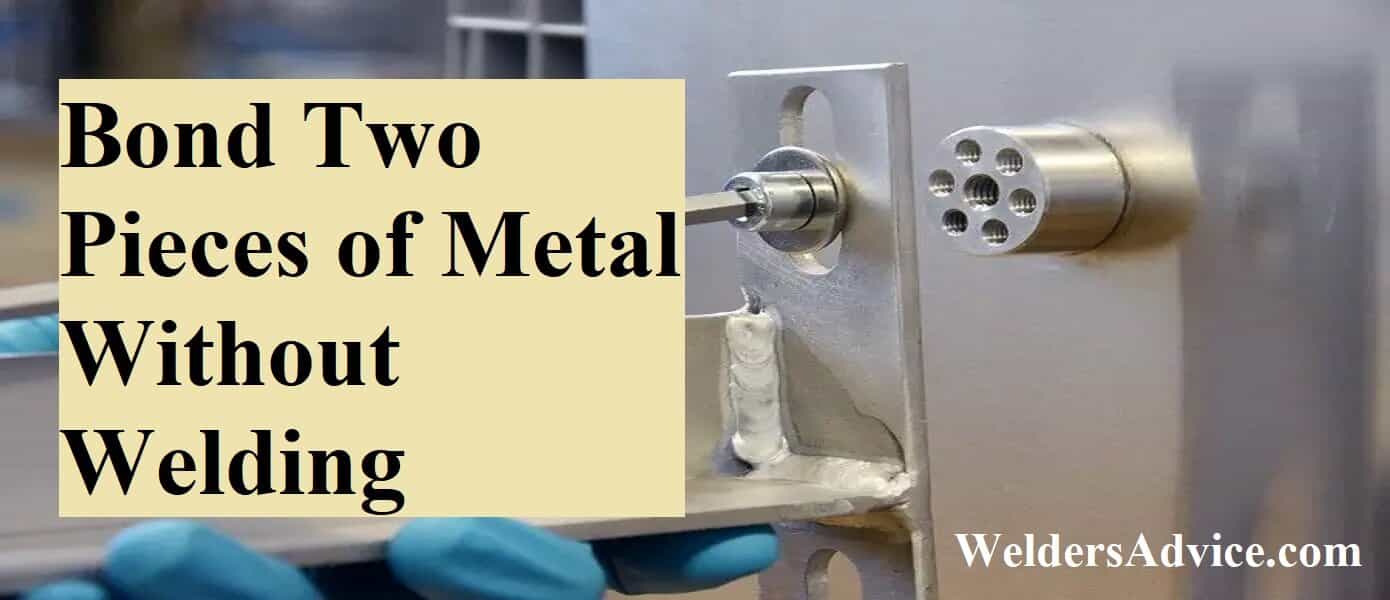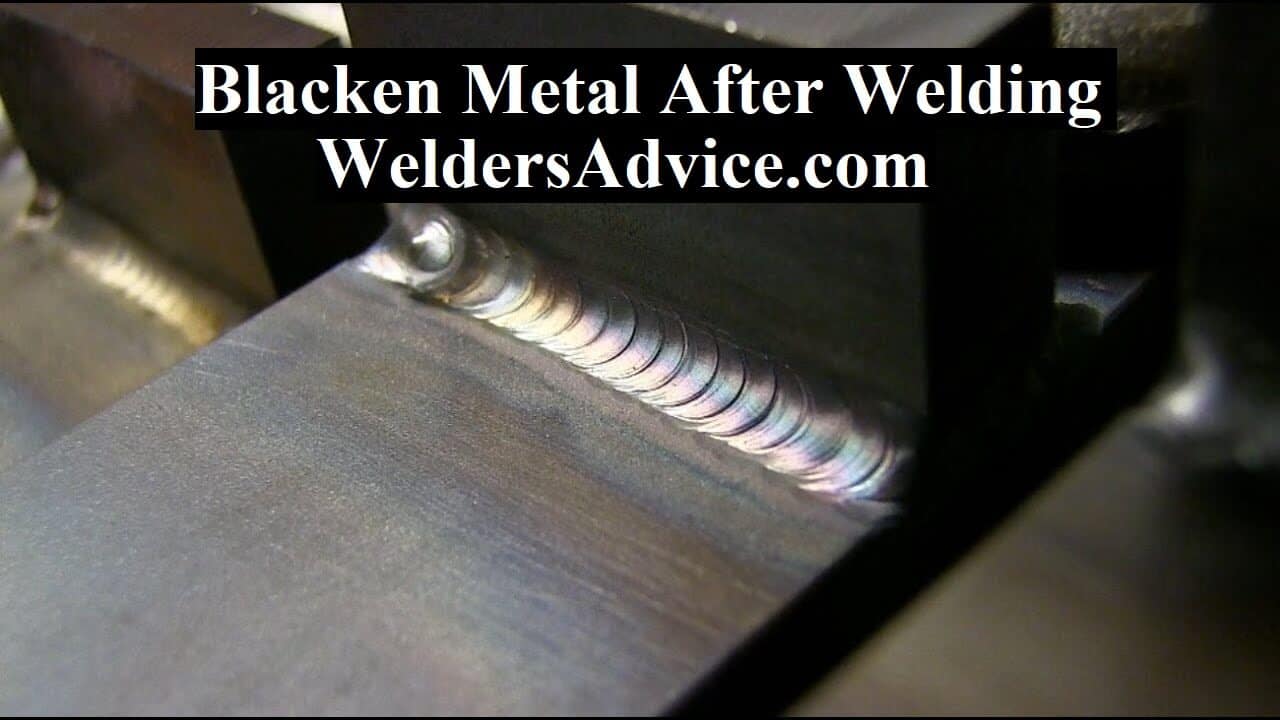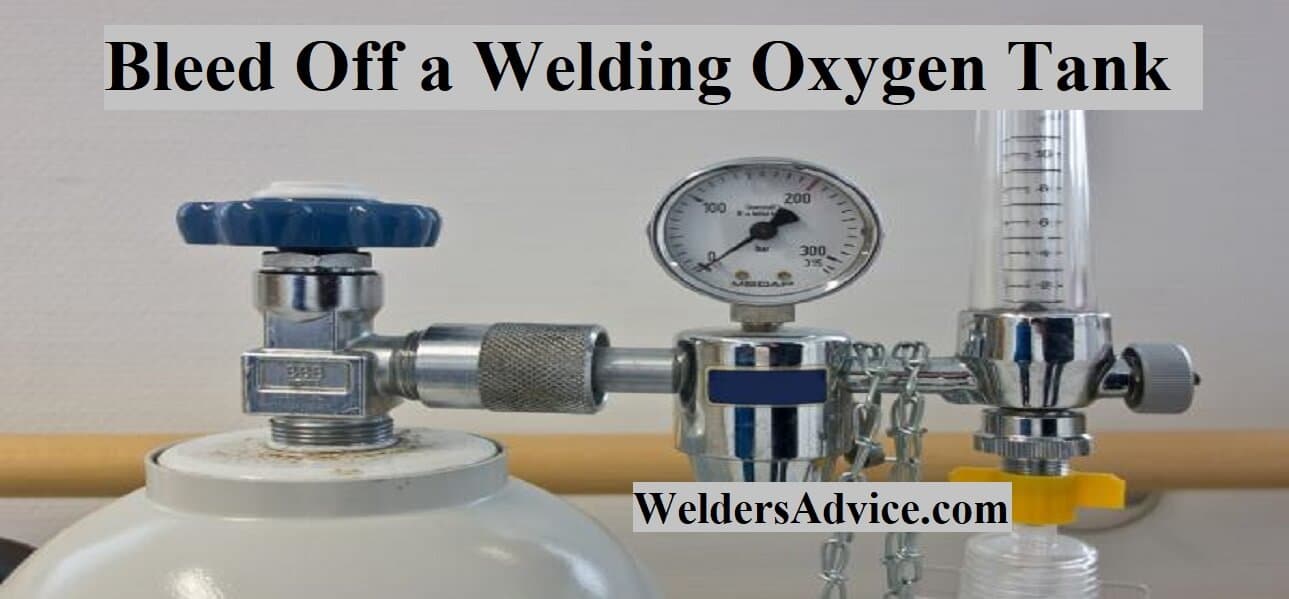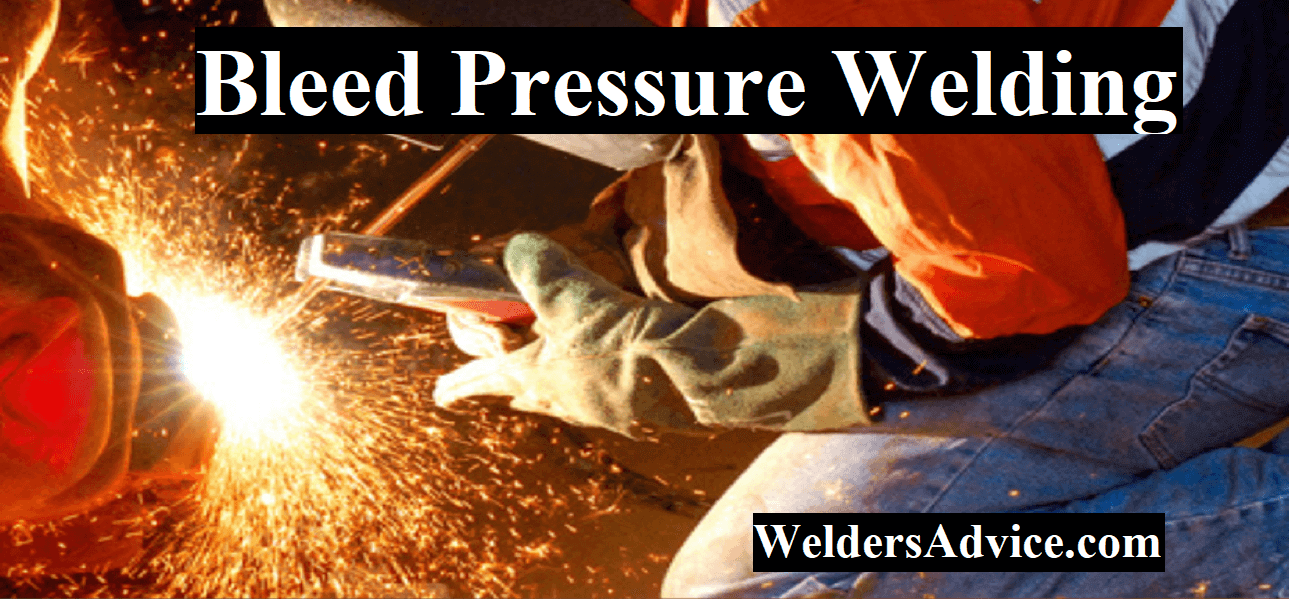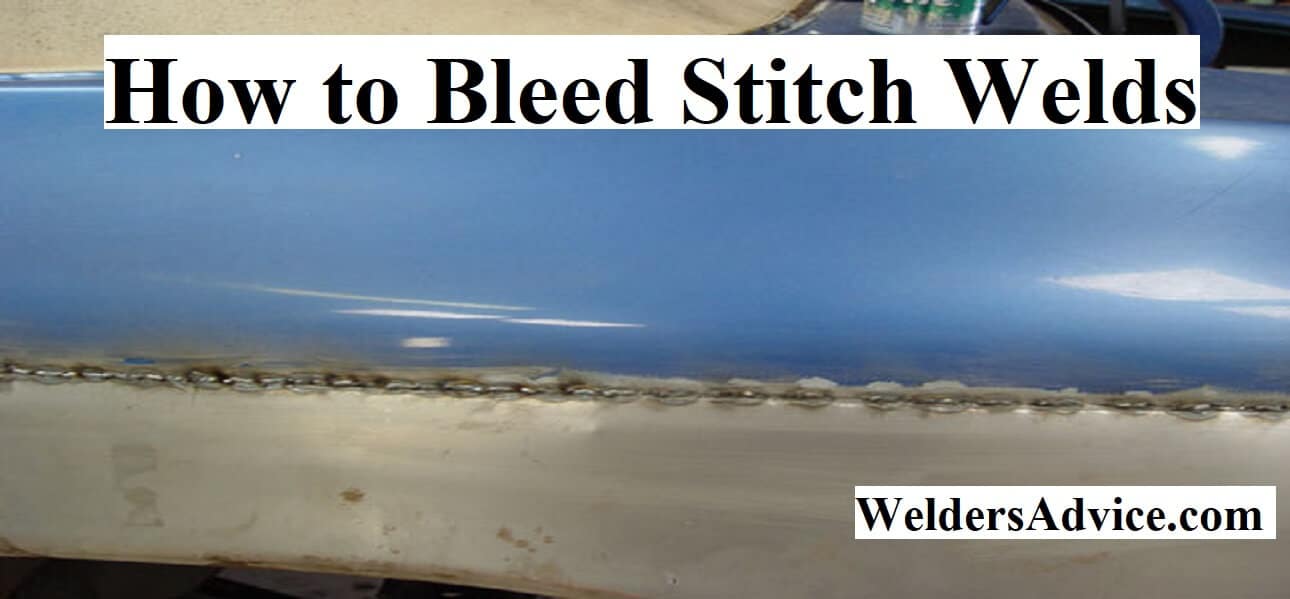To bond two pieces of metal without welding, use industrial adhesive or mechanical fasteners. Industrial adhesive, like epoxy, creates a strong, permanent bond between the metals, while mechanical fasteners, like bolts and screws, securely hold the pieces together.
Before bonding, clean and rough up the metal surfaces for optimal adhesion. Metal is commonly used to create strong and durable structures, but welding may not always be the best option for bonding two pieces of metal. Welding requires special equipment and expertise, and can be time-consuming and expensive.
Fortunately, there are alternative methods for effectively bonding metal without welding. Industrial adhesives, like epoxy, can provide a long-lasting, heavy-duty bond. Mechanical fasteners, like screws and bolts, firmly hold the pieces together but can be removed if needed. Proper surface preparation, including thorough cleaning and roughing up the metal surfaces, is crucial for optimal adhesion. Keep reading to learn more about bonding metal without welding.
10 Easy Ways to Bond Two Pieces of Metal Without Welding
Adhesive Bonding
Adhesive bonding is a popular option for bonding metals without welding. There are different types of adhesive bonds available, such as epoxies, cyanoacrylates, and acrylics. To achieve successful adhesive bonding, one must do preparation work properly, use a clean surface, apply adhesive correctly, and allow for proper curing time.
Some case studies and examples of adhesive bonding include automotive applications, aerospace, and construction. The choice of adhesive and surface preparation can vary based on factors such as the metal type, application, and environmental conditions. Adhesive bonding is a cost-effective and efficient alternative to welding, making it a highly desired choice for many industries.
Mechanical Fastening
Bonding two pieces of metal without welding can be done through mechanical fastening. This method involves using mechanical hardware to permanently or temporarily join two pieces of metal. There are several types of mechanical fasteners that can be used for bonding, including screws, bolts, nuts, washers, rivets, and pins.
Achieving a successful mechanical fastening bond involves selecting the appropriate fastener, cleaning and preparing the surfaces, drilling holes for the fasteners, and tightening them to the recommended torque. Examples of successful mechanical fastening applications include airplane assembly, automotive manufacturing, and construction.
Mechanical fasteners can provide a reliable and cost-effective solution for bonding metal, without the need for specialized welding equipment or skills.
Brazing And Soldering
Brazing and soldering are common ways to bond metal without welding. While both are similar in concept, they rely on different techniques. Brazing involves raising the temperature and melting a filler metal, while soldering uses a lower heat and a non-ferrous alloy.
Brazing is ideal for heavier metals, while soldering is great for precision work. To bond two pieces of metal successfully, the surface must be thoroughly cleaned, and the filler metal must flow evenly. Brazing or soldering may be used in various industries, such as plumbing, electronics, and automotive.
One example would be pipes in plumbing; brazing forms a solid, leak-free bond over a large surface area. Soldering, on the other hand, is commonly utilized in electronics, where precision is critical.
Riveting And Clinching
Riveting and clinching are two metal bonding techniques that do not involve welding. Rivet joints come in two main types – permanent or non-permanent. Clinic joints are completed by inserting a probe that forces the material into a die. The advantages of riveting include quick installation, high strength, and good vibration resistance.
Clinching offers other advantages, including the ability to join materials of different thicknesses. Achieving a successful bond via riveting requires appropriate material selection, accurate hole size, appropriate grip range, and appropriate pull range. The most common metals used in both techniques are aluminum and steel, but applications are vast.
Some real-world uses include aerospace and automotive body construction, as well as in consumer appliances and furniture.
Press Fitting
Press fitting is a popular alternative to welding as a way to bond two pieces of metal. There are different types available, including hydraulic, mechanical, and interference fits. Achieving a successful bond requires proper preparation of the metal surfaces and careful calculation of the interference.
Case studies and examples, such as the use of press fitting in plumbing and automotive industries, demonstrate its effectiveness. By choosing the right type of press fitting and following the necessary steps, metal bonding without welding can be achieved.
Threaded Fasteners
To bond two pieces of metal without welding, threaded fasteners can be an effective solution. There are different types of threaded fasteners available, including bolts, screws, and nuts. These fasteners can be used in a variety of applications, such as construction, automotive, and aerospace.
Achieving a successful threaded fastening bond involves several steps, such as selecting the appropriate fastener, preparing the surfaces, and applying the correct torque. Case studies and examples of threaded fastening can help illustrate the effectiveness of this bonding method. For example, the use of threaded fasteners in the Boeing 787 Dreamliner reduced its weight and improved fuel efficiency.
Overall, threaded fasteners offer a versatile and durable solution for bonding two pieces of metal without welding.
Fold Bonding
Fold bonding is a popular technique for bonding two pieces of metal without welding. This application involves folding a piece of metal over the edge of another piece, creating a strong bond without the need for additional materials. There are several types of fold bonding available, such as standing seam and hemming.
To achieve a successful fold bonding bond, it is important to ensure that the edges of the metal are clean and precisely aligned. Case studies and examples of fold bonding can range from household appliances to automotive manufacturing. With a little bit of practice and patience, fold bonding can provide a strong and effective alternative to traditional welding methods.
Magnetic Pulse Welding
Magnetic pulse welding is a modern alternative to traditional welding methods. It offers various advantages, such as reduced heat input, time, and environmental impact. This innovative technique uses magnetic fields to generate kinetic energy to bond two metal pieces without any welding materials.
Magnetic pulse welding works by hitting one piece of metal at a controlled velocity against another. The impact causes a collision at the interfacial point. If the parameters are met correctly, the pieces of metal can bond without affecting the material’s structure or weakening strength.
Successful magnetic pulse welding requires precise control of the collision’s velocity, angle, and time remaining in contact. These principles have numerous applications, including aerospace, automotive, and electronics industries. Case studies show that this innovative method is more efficient and environmentally friendly than traditional welding methods.
Ultrasonic Welding
Ultrasonic welding is a cutting-edge technology used for metal bonding. It is a non-invasive method that uses high-frequency, low-amplitude vibrations to create heat, which melts and fuses two pieces of metal together. Unlike traditional welding methods, ultrasonic welding has several advantages.
It produces a durable bond that does not weaken over time and maintains the integrity of the metal. Additionally, it is eco-friendly, energy-efficient and has a lower risk of warping or damaging the metal. To achieve a successful ultrasonic welding bond, the two metal surfaces must first be cleaned, and a thin layer of adhesive film or coating applied.
The two pieces of metal are then pressed together, and ultrasonic vibrations create friction, producing enough heat to melt the adhesive and fuse the metal together. Case studies have shown that ultrasonic welding can be used to bond a wide range of metals, including aluminum, brass, copper, steel, and titanium.
Epoxy Welding
Epoxy welding is a popular technique for bonding metal without welding. It offers several advantages over traditional welding techniques, including durability and strength. To achieve a successful epoxy weld, you must follow a specific set of instructions, including preparing the surface for bonding, selecting the appropriate epoxy, and applying it correctly.
Numerous case studies and examples showcase the efficacy of epoxy welding in various industries, including automotive and construction. With epoxy welding, you can achieve a seamless bond between two pieces of metal, providing a cost-effective and efficient alternative to traditional welding methods.
With careful application and attention to detail, you can create strong and durable bonds between metal surfaces without the need for welding equipment or extensive training.
What Are The Benefits Of Using Bonding Adhesives?
Bonding adhesives provide several advantages over traditional welding methods. They are easy to apply, do not require specialized equipment or training, and produce clean and precise results. They also create a strong and durable bond that can withstand extreme temperatures, stress, and other environmental factors.
Can Bonding Adhesives Work On All Types Of Metals?
Bonding adhesives can be used on a wide range of metals, including aluminum, steel, copper, brass, and titanium. However, it is important to choose the right type of adhesive for the specific metal you are working with, as some adhesives are better suited to certain metals than others.
How Do I Prepare The Metal Surfaces For Bonding?
To ensure a strong and durable bond when using a bonding adhesive, you need to properly prepare the metal surfaces beforehand. This typically involves cleaning the surfaces with a degreaser or alcohol solution, roughening the surfaces with sandpaper or a wire brush, and applying a primer or activator to help the adhesive stick better.
How Long Does It Take For The Bonding Adhesive To Set?
The drying time for bonding adhesives can vary depending on the product and application. However, most adhesives will set and cure within a few hours to a few days. It is important to follow the manufacturer’s instructions carefully regarding drying time and curing time to ensure a strong and lasting bond.
Conclusion on Bond Two Pieces of Metal Without Welding
In a nutshell, bonding two pieces of metal without welding can be a tricky process, but with the right technique and adhesive, it’s possible to achieve a strong joint. Among the methods highlighted in this post are epoxy adhesives, riveting, and brazing.
Whichever approach you choose, it’s crucial to follow the manufacturer’s instructions and safety precautions to avoid accidents. Always prepare the surface of the metal well before applying your adhesive, and choose a product that is specifically designed for your specific bonding needs.
Finding the right adhesive to bond two pieces of metal without welding can save you time and money in the long run, and it’s an excellent solution for those who lack the expertise or tools for welding. With patience, practice, and diligence, anyone can complete a successful metal bonding project using adhesives.

